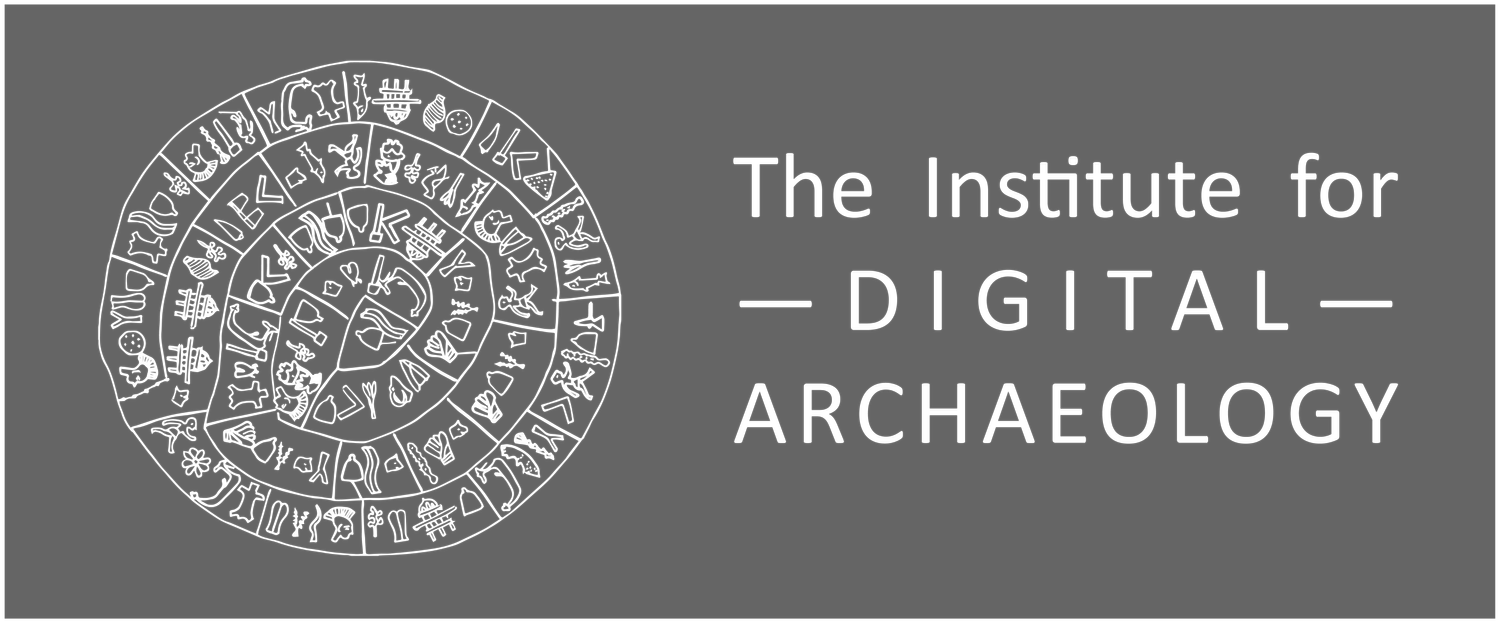Sutton Hoo Reconstruction
a twelve-foot cross section created to test the accuracy of our digital model
IDA Executive Director Roger Michel visits the Sutton Hoo site with former National Trust Chairman, Simon Jenkins and Oxford’s Rawlinson and Bosworth Professor of Anglo-Saxon, Andy Orchard.
Then the Geat people began to construct
a mound on a headland, high and imposing,
a marker that sailors could see from far away,
and in ten days they had done the work.
It was their hero’s monument; what remained from the fire
they bestowed inside it, behind a wall
as worthy of him as their workmanship could make it.
And they buried torques in the barrow, and jewels
and a trove of such things as trespassing men
had once dared to drag from the hoard.
–Beowulf. Seamus Heaney, tr.
The Project
These oaks will be used for planking
Few things are more powerfully evocative of Medieval Britain than the Old English epic, Beowulf. The poem’s central themes of loyalty, courage and patriotism resonate strongly with England’s national character to this day. And few things have brought Beowulf more vividly to life for modern readers than the 1939 discovery of the Sutton Hoo burial ship and hoard. Britain’s most famous archaeological treasure trove, the Sutton Hoo artifacts have delighted visitors to the British Museum for eighty years. For many, the iconic Sutton Hoo helmet has come to symbolize England in the time of King Arthur. The Institute for Digital Archaeology, in collaboration with the Sutton Hoo Ship’s Company, will bring the Sutton Hoo burial ship back to life through an extraordinary marriage of modern technology and traditional craftsmanship. All phases of the project – from the selection and felling of trees, to the digital modeling of the vessel, to the hand-forging of the iron fittings, to the meticulous construction of the boat itself, to the sea journey that awaits us at the end of the project – will be open to visitors and volunteers. In the end, the real value of this extraordinary project lies in its potential not just to increase our understanding of ancient technology, but to inspire people to be excited about those discoveries. Whether your interest is literary, historical, technical or nautical, the Sutton Hoo ship reconstruction has something unique to offer.
The History
One of the original rivets from the Sutton Hoo ship loaned to the IDA for metallurgical testing
In 1939, Sutton Hoo resident Edith Pretty commissioned a local amateur archaeologist to explore several Anglo Saxon burial mounds on her property. Inside the largest of these mounds, Basil Brown found the Sutton Hoo hoard. Dating to the early AD 600s, this outstanding burial site doubtless memorialized a high-status person, perhaps one of the great East-Anglian kings. The central burial chamber contained Byzantine silverware, gold jewelry and ornate arms and armor. The gold and silver objects, together with the ship’s iron fittings, had been perfectly preserved by the soft mud at the site. While the oak planks and timbers of the ship had deteriorated long ago, a perfect impression of the 27m/86ft-long boat was plainly visible in the undisturbed earth. These visible traces of the ancient ship were meticulously photographed and have formed the basis for the highly detailed digital model that will provide the template for our reconstruction.
The Wood
The wood used in the reconstruction will be as special as the Sutton Hoo ship itself. Windsor Great Park has graciously donated a number of old growth oaks. These trees, approaching the end of their natural life span, will become part of an enduring heritage project befitting their pedigree. In addition, we hope to acquire wood from oak trees planted by the great hero of Trafalgar, Vice Admiral Cuthbert Collingwood. These trees were originally intended to be used to renew the British fleet. However, by the time they reached maturity, steel had replaced wood as the preferred material for British warships. The Sutton Hoo reconstruction will provide a fitting alternative use for these historic trees.
Trees sometimes hide surprises! These oaks from Windsor Great Park, once split, revealed an unexpected twist
Local ash trees will be used for oars
A completed oar
The Iron
The iron fittings will be produced using a range of techniques – ancient and modern. Originally hand-forged from bog iron, some number of the fittings used in the reconstruction will be produced using the same traditional techniques. Bog iron harvested in Wales will be hand-forged on site to the same specifications as the originals found in the burial mound. Others will be produced using 3D printing techniques. Still others will be forged in iron using modern techniques and machinery. Each of these approaches will provide a different set of research and learning opportunities.
Cross section of tree from the stand planted by Admiral Collingwood
The Science
Iron elements from the original Sutton Hoo ship will be subject to extensive testing by IDA and University of Oxford specialists. The goal is to determine, among other things, where the iron was originally sourced, where and when it was forged, how it was worked. This will not only increase our knowledge of ancient blacksmithing techniques and technology, but also tell us more about the history of the ship and the people who made it. This information will also be used to improve the accuracy of the reconstruction.
Cultural Components
As with most IDA projects, public engagement will be an important part of the Sutton Hoo reconstruction. Apart from on-site volunteer opportunities at the long shed in Woodbridge, on May 8, 2020, the IDA will also present a cross-cultural theater performance of the Maori Beowulf. Previously performed in Bermuda and Boston, the Maori Beowulf underscores the pan-regional quality of many of the themes of the Old English Beowulf poem. It also seeks to connect the Sutton Hoo reconstruction project to similar enterprises in countries around the globe.
Volunteers come in all shapes, sizes and ages













